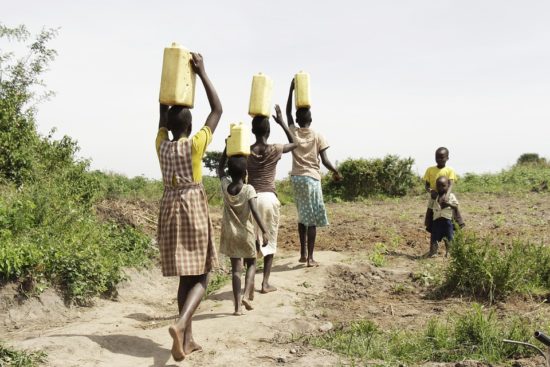The straw that might break the camel’s back: exploring the link between COVID-19 and antibiotic resistance in low- and middle-income countries
With over two million people infected with the novel severe acute respiratory syndrome coronavirus 2 (SARS-CoV-2) and almost half of the world’s population under lockdown, the effects of the coronavirus disease (COVID-19), which is caused by SARS-CoV-2, on our global community have been immediate and profound. Many countries are scrambling to source crucial medical supplies, hospitals are battling to cope with the high admissions of thousands of patients and critical healthcare systems are stretched beyond their capacities. This pandemic has called on all governments, international organizations, the private sector and the public to play a role in its containment.
While the number of COVID-19 infections in Africa does not rival those seen in Europe or America, they are gradually increasing and so is the fear of the impact this infection may have on the continent’s low- and middle-income countries (LMICs). According to the World Bank, nearly 645 million people live in the rural areas in sub-Saharan Africa. Three quarters of this population lack the facilities at home to wash their hands with soap and water, which is one of the key measures of preventing infection and spread of SARS-CoV-2. Moreover, many people in LMICs are already battling malnutrition and other endemic infectious diseases, which raises the question of how they will cope with the COVID-19 pandemic.
AMR NEWS
Your Biweekly Source for Global AMR Insights!
Stay informed with the essential newsletter that brings together all the latest One Health news on antimicrobial resistance. Delivered straight to your inbox every two weeks, AMR NEWS provides a curated selection of international insights, key publications, and the latest updates in the fight against AMR.
Don’t miss out on staying ahead in the global AMR movement—subscribe now!







